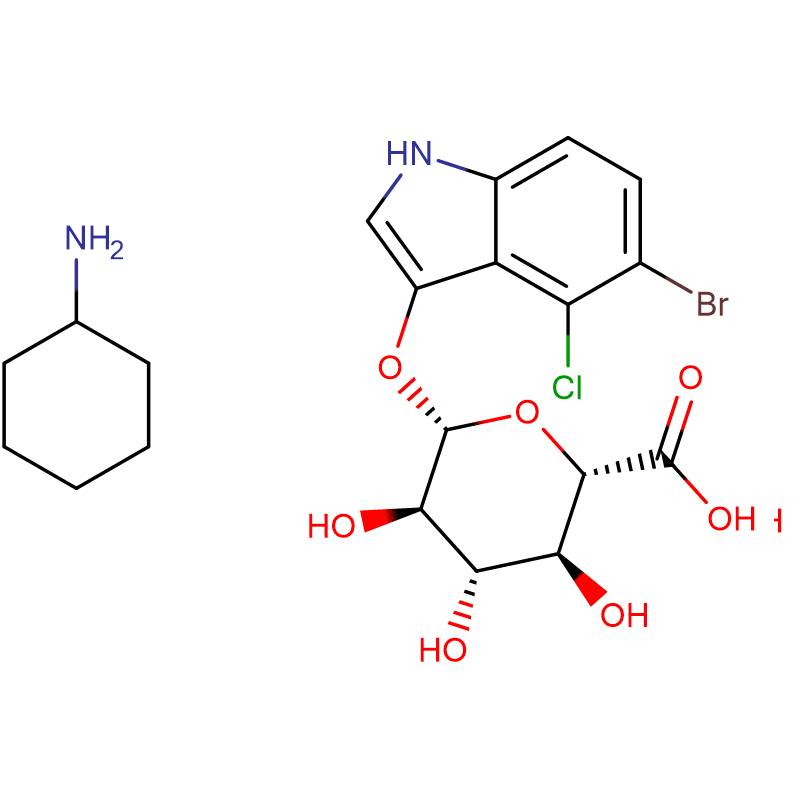R-1,2,3,4-Tetrahydro-1-naphthylamine CAS: 23357-46-2
| Catalog Number | XD94229 |
| Product Name | R-1,2,3,4-Tetrahydro-1-naphthylamine |
| CAS | 23357-46-2 |
| Molecular Formula | C10H13N |
| Molecular Weight | 147.22 |
| Storage Details | Ambient |
Product Specification
| Appearance | White powder |
| Assay | 99% min |
R-1,2,3,4-Tetrahydro-1-naphthylamine, also known as (1R,2S)-1-aminotetralin, is a chiral amine compound that has several practical applications in various fields, including pharmaceuticals, agrochemicals, and material science.One of the primary uses of R-1,2,3,4-Tetrahydro-1-naphthylamine is as a building block in the synthesis of pharmaceutical compounds. Chiral amines are essential structural motifs in many drugs due to their ability to interact selectively with biological targets. R-1,2,3,4-Tetrahydro-1-naphthylamine can serve as a key intermediate in the synthesis of chiral amines, which are integral components of medications such as antidepressants, antihistamines, and antiviral drugs. The presence of the chiral center in this compound allows for the production of enantiopure pharmaceutical products that are more effective and have fewer side effects.Additionally, R-1,2,3,4-Tetrahydro-1-naphthylamine finds use as a ligand in asymmetric catalysis. Chiral ligands play a crucial role in enhancing the stereoselectivity of certain reactions by facilitating the formation of chiral intermediates. By incorporating R-1,2,3,4-Tetrahydro-1-naphthylamine-based ligands in catalytic systems, chemists can obtain high enantioselectivity in various transformations, such as hydrogenations, oxidation, and C-C bond formation reactions. The chiral environment provided by R-1,2,3,4-Tetrahydro-1-naphthylamine's structure amplifies the control over the stereochemistry of the target molecule, enabling the synthesis of single enantiomers with high efficiency.Another notable application of R-1,2,3,4-Tetrahydro-1-naphthylamine is its use as a precursor for the synthesis of agrochemicals. Chiral amines often serve as key structural elements in herbicides, insecticides, and fungicides, where their chirality influences their biological activity and selectivity. By using R-1,2,3,4-Tetrahydro-1-naphthylamine as a starting material, chemists can introduce chirality into these agricultural chemicals, leading to improved efficiency and reduced environmental impact.In the field of material science, R-1,2,3,4-Tetrahydro-1-naphthylamine and its derivatives are employed in the synthesis of chiral polymers and catalysts. Chiral polymers find applications in various industries, including electronics, optics, and catalysis. The incorporation of R-1,2,3,4-Tetrahydro-1-naphthylamine-based monomers into polymer structures leads to the formation of materials with unique properties, such as chirality-dependent behavior and enantioselective catalytic activities.In summary, R-1,2,3,4-Tetrahydro-1-naphthylamine is a versatile chiral amine compound with diverse applications. Its use as a building block in the synthesis of pharmaceuticals, ligand in asymmetric catalysis, precursor for agrochemicals, and monomer in chiral polymers highlights its significance in the development of enantioselective processes and the production of chiral compounds. The chiral nature of R-1,2,3,4-Tetrahydro-1-naphthylamine enables the control of stereoselectivity in chemical reactions, resulting in the creation of highly valuable enantiopure products in various industries.









